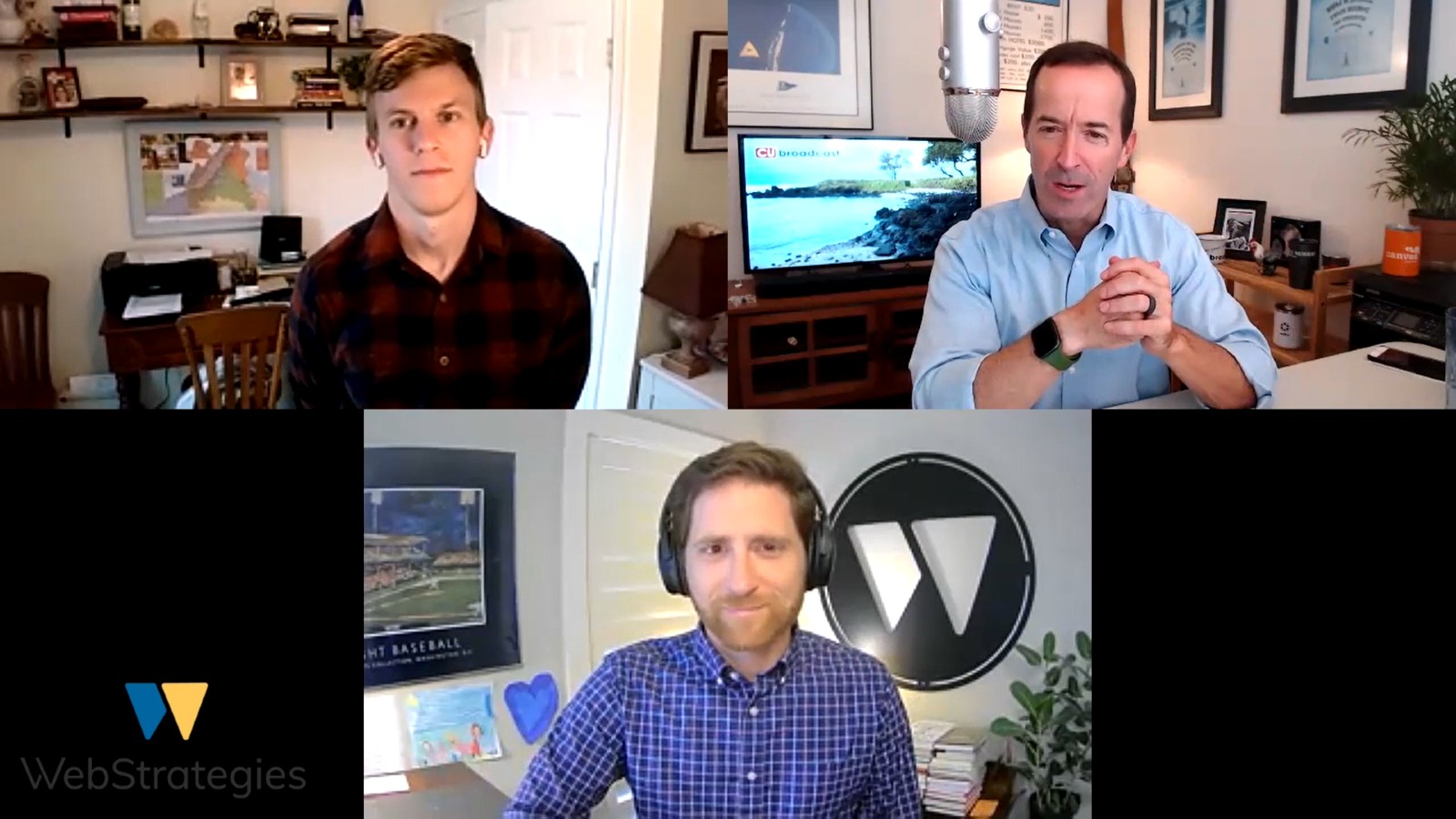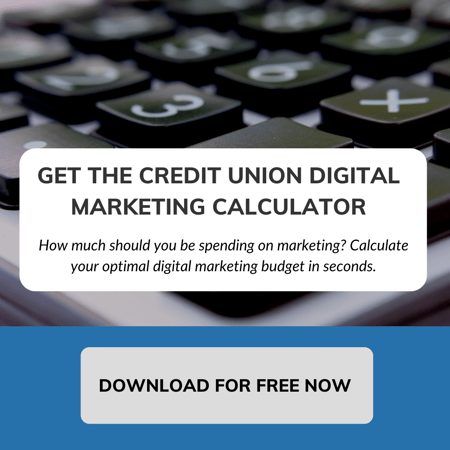It's budgeting season for credit unions—how much of your credit union's total marketing budget will go to digital in 2022?
We address this question annually because it changes every year. And despite major upheaval in marketing spending in recent history, the digital spending trend is continuing upward.
The July 2021 CMO Survey said that digital marketing budgets may exceed 70% of total marketing budgets in 2022. This statistic is an average across all industries, but where do credit unions fall?
Well, a survey from Forrester said that the financial industry spends more on digital marketing than any other industry. Credit unions are of course included in the financial industry, but we find that they typically spend less on digital than industry competitors.
Our annual survey of credit unions found that only a quarter of credit unions spent at least 50% of their total marketing budgets on digital in 2021.
We would urge credit unions to be more aggressive in the digital arena. Here's why:
Why Digital Spend is Trending Upward
Where you spend your marketing budget should shift with where your consumers are. And ever since 2020, credit union members are spending more of their time online. To reach these members, credit union marketers are now putting more time and intention into the online experience.
Additionally, there is more competition in the digital space, largely due to online-only banks. We know that fintechs spend a lot of money online and their spending subsequently lowers the share of voice of credit unions.
This means credit unions who continue to spend what they have always spent on digital won't be able to keep up with the additional competition in the financial space. They will have to up their spending to compete.
Finally, there are simply more digital tools available than ever before. This larger digital toolbox is great for the additional marketing capabilities but it costs more to pay for extra tools.
What Drives Digital Marketing Budgets Higher or Lower?
Though the overall trend is that digital budgets are rising, they can vary based on a few factors. If your credit union is located in a rural region, you can expect it to be lower. Credit unions in cities naturally have more competition and will need to spend extra money to have share of voice in their region.
The type of charter your credit union holds also comes into play. Community-based credit unions that have a wider pull of membership will need to have a higher budget to get in front of the larger audience. Seg-based credit unions are typically able to spend less to get in front of their target audience because the audience is smaller and easier to reach.
Another factor to consider is brand recognition. If your credit union is not well-known, you'll need to speed more to gain attention than brands that are very commonly known in the area.
This goes hand in hand with increasing market share. If your credit union's goal is to grow, it will take more money to increase your share of voice against the competition.
There are a lot of factors to consider but our digital marketing calculator for credit unions will help you determine the optimal budget for your situation:
More about Planning Your Digital Marketing Budgets
WebStrategies CEO Chris Leone and Director of Digital Marketing Brandon Frey spoke with CU Broadcast in-depth about what factors are at play when determining a credit union digital marketing budget and why budgets are on the rise.
You can listen to the full conversation below.
Still have questions about digital marketing budgets? We provide more data in our article How Much Should Credit Unions Budget for Marketing?








Agree, disagree, or just have something to add?
Leave a comment below.